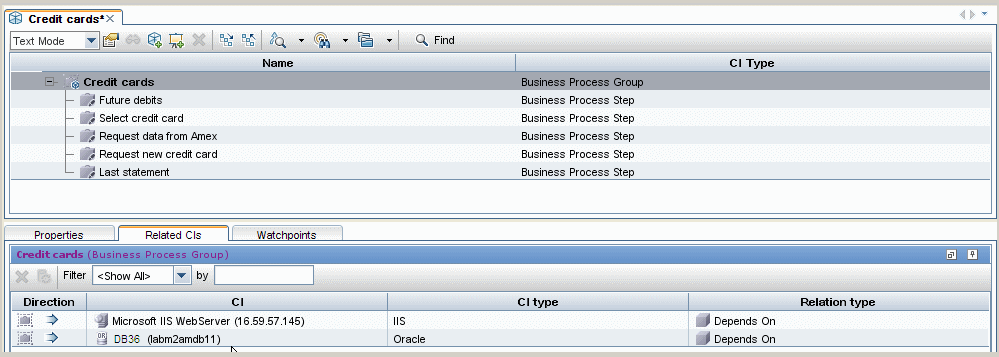Searching the Help
To search for information in the Help, type a word or phrase in the Search box. When you enter a group of words, OR is inferred. You can use Boolean operators to refine your search.
Results returned are case insensitive. However, results ranking takes case into account and assigns higher scores to case matches. Therefore, a search for "cats" followed by a search for "Cats" would return the same number of Help topics, but the order in which the topics are listed would be different.
| Search for | Example | Results |
|---|---|---|
| A single word | cat
|
Topics that contain the word "cat". You will also find its grammatical variations, such as "cats". |
|
A phrase. You can specify that the search results contain a specific phrase. |
"cat food" (quotation marks) |
Topics that contain the literal phrase "cat food" and all its grammatical variations. Without the quotation marks, the query is equivalent to specifying an OR operator, which finds topics with one of the individual words instead of the phrase. |
| Search for | Operator | Example |
|---|---|---|
|
Two or more words in the same topic |
|
|
| Either word in a topic |
|
|
| Topics that do not contain a specific word or phrase |
|
|
| Topics that contain one string and do not contain another | ^ (caret) |
cat ^ mouse
|
| A combination of search types | ( ) parentheses |
|
Model Dependencies on Other CIs in the RTSM
Each model CI in the model can be dependent on other CIs that exist in the RTSM but are not part of the model itself. Examples of such CIs include shared resources such as database servers and storage devices.
The model structure may vary between organizations according to policies and responsibilities in the IT department. There are organizations where shared resources are considered to be part of the application and are monitored as part of it, while in other organizations they are considered external to the application. In the first case, shared resources are part of the model and appear in the content pane, whereas in the second case they appear as related CIs (in the lower pane of the Model Editor).
To create a dependency between a CI in the model and another CI in the RTSM, search for a CI in the left pane and drag it into the Related CIs tab. This operation creates a usage link in the RTSM.
In order to create a dependency relationship between two CIs, there must be a valid link in the RTSM between the two CI types. By default, all business CIs can be dependent on other business CIs.
The following example shows an application that depends on a web server and Oracle software elements:

HPE Business Service Management offers a revised out-of-the-box impact model. The impact model describes the impact relationships between CI types. For example, a running software CI is impacted by the node on which it is deployed. In the Modeling Studio, when you include a running software CI as part of a model, the node on which it is deployed appears in the Related CIs tab, since the running software is dependent on the server.
We welcome your comments!
To open the configured email client on this computer, open an email window.
Otherwise, copy the information below to a web mail client, and send this email to ovdoc-asm@hpe.com.
Help Topic ID:
Product:
Topic Title:
Feedback:





